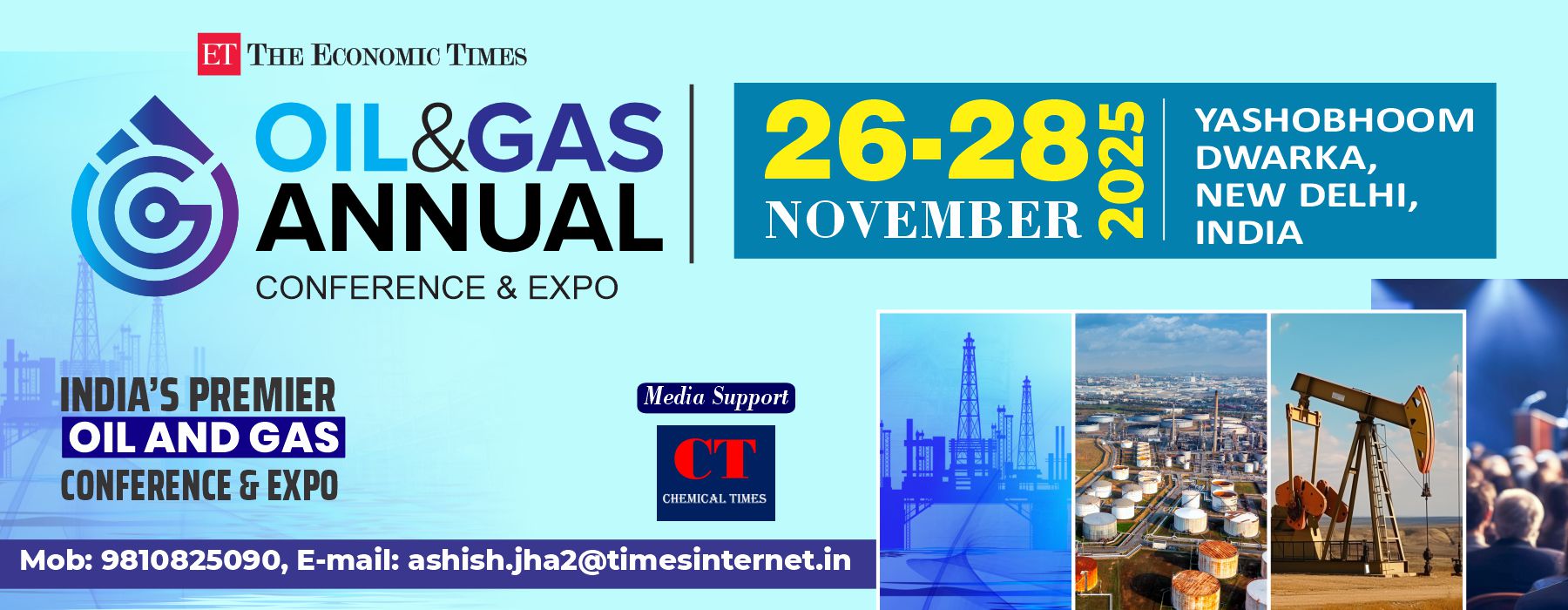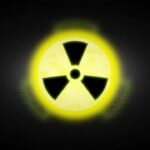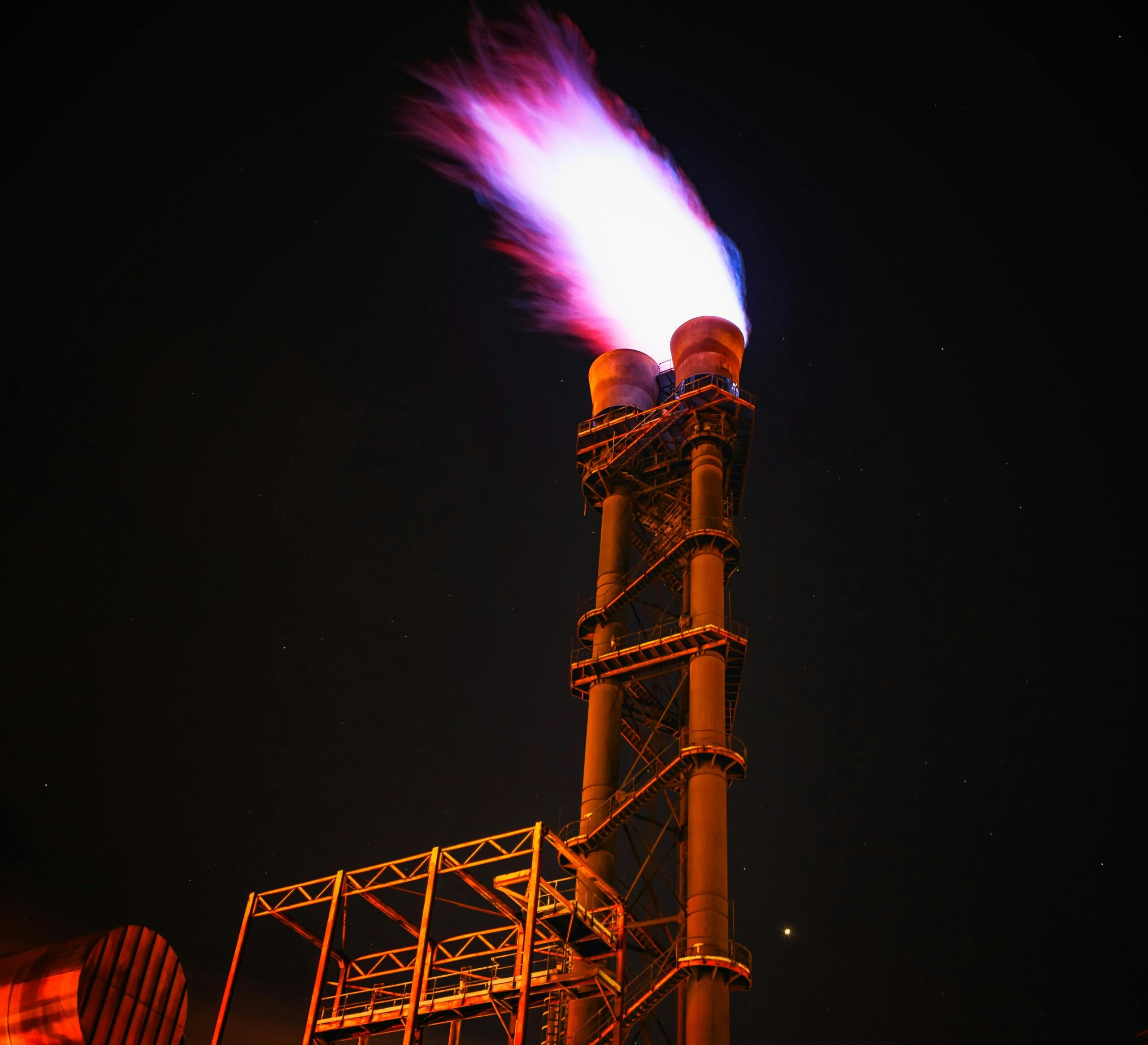As the world intensifies its efforts to combat climate change and reduce greenhouse gas emissions, innovative solutions that turn environmental liabilities into assets are gaining prominence. Among the most promising strategies is the upcycling of waste gases—particularly carbon dioxide (CO₂), methane (CH₄), and carbon monoxide (CO)—into valuable fuels and chemicals. This cutting-edge approach not only mitigates harmful emissions but also fosters a circular economy by creating renewable alternatives to fossil-based products.
This article delves into the principles, technologies, benefits, challenges, and future prospects of upcycling waste gases, shedding light on its role in the sustainable energy and chemical landscape.
Understanding Upcycling of Waste Gases
At its core, upcycling waste gases involves capturing greenhouse gases or industrial off-gases that would otherwise be released into the atmosphere and converting them into useful products. Unlike traditional carbon capture and storage (CCS) which aims to sequester CO₂ underground, upcycling adds economic value by transforming these waste streams into fuels, chemicals, and materials with commercial applications.
The main gases targeted in upcycling efforts include:
Carbon dioxide (CO₂): The most prevalent greenhouse gas emitted by power plants, cement factories, and various industries.
Methane (CH₄): A potent greenhouse gas found in natural gas and landfill emissions.
Carbon monoxide (CO): Generated through incomplete combustion and in steel manufacturing off-gases.
By utilizing these gases as feedstocks, industries can drastically reduce their carbon footprint and advance toward a sustainable, circular carbon economy.
Technologies Driving Waste Gas Upcycling
A variety of technologies exist or are under development to facilitate the conversion of waste gases into fuels and chemicals. These can be broadly categorized into catalytic, electrochemical, biological, and emerging plasma or photochemical processes.
Catalytic Conversion
Catalytic processes use substances called catalysts to accelerate chemical reactions that convert waste gases into desired products. The catalysts lower the energy barrier for reactions, making them more efficient and feasible at lower temperatures or pressures.
CO₂ Hydrogenation: This process involves reacting CO₂ with hydrogen gas (H₂) over catalysts such as copper or ruthenium to produce fuels like methanol, methane, or synthetic hydrocarbons. For instance, methanol synthesized from CO₂ can be used as a fuel or chemical feedstock.
Fischer-Tropsch Synthesis: Converts synthesis gas—a mixture of carbon monoxide and hydrogen—into liquid hydrocarbons like synthetic diesel and waxes. This method can use off-gases from industrial processes to create clean-burning fuels.
Methanation: Reacts CO₂ and hydrogen to produce methane, commonly known as synthetic natural gas, which can be injected into existing gas grids.
Catalysts typically involve metals like nickel, iron, or precious metals, designed to maximize selectivity and longevity.
Electrochemical Conversion
Electrochemical technologies employ electricity—ideally sourced from renewables—to drive the reduction of waste gases at electrodes immersed in electrolytes.
Electrochemical CO₂ Reduction (CO₂RR): This method converts CO₂ into various chemicals such as carbon monoxide, formic acid, ethylene, ethanol, and other hydrocarbons. The process occurs at the cathode, where CO₂ molecules gain electrons and are transformed.
Methane or Biogas Electrolysis: Splits methane into hydrogen and carbon monoxide or converts biogas into higher-value products.
Electrochemical approaches offer flexibility in scale and can be integrated with intermittent renewable energy sources, enabling dynamic operation.
Biological Conversion
Certain microorganisms naturally consume greenhouse gases and can be harnessed or engineered to produce fuels and chemicals.
Methanotrophs: Bacteria that metabolize methane and can be cultivated to produce biomass, bioplastics, or specialty chemicals.
Acetogens and Methanogens: Microbes that utilize CO₂ and hydrogen to form acetate, methane, or other compounds under anaerobic conditions.
Genetically Engineered Microbes: Synthetic biology enables the design of microbes capable of converting waste gases into specific fuels or chemicals, enhancing yields and expanding product variety.
Biological routes typically operate under mild conditions and offer high specificity, though they may have slower reaction rates compared to chemical catalysis.
Plasma and Photochemical Processes
These are emerging, innovative technologies still largely in research and development stages.
Plasma Reactors: Use ionized gases to activate and break down waste gases into reactive species that recombine into fuels or chemicals.
Photocatalysis: Harnesses sunlight and catalysts to drive chemical transformations of CO₂ into hydrocarbons or alcohols.
While promising for their potential energy efficiency and low environmental impact, these methods require further advances to reach commercial viability.
Products Derived from Upcycled Waste Gases
The conversion of waste gases yields a diverse range of fuels and chemicals, which can directly replace or complement fossil-based products:
Synthetic Fuels: Methanol, methane, synthetic diesel, ethanol, and jet fuel are among the key products. These fuels can be used in existing engines and infrastructure, facilitating a smoother transition to sustainable energy.
Basic Chemicals: Carbon monoxide, formic acid, acetic acid, ethylene, and propylene serve as fundamental building blocks in chemical manufacturing.
Polymers and Plastics: Ethylene and propylene feedstocks are critical for producing various plastics, enabling the creation of bio-based polymer materials.
Specialty Chemicals: Including pharmaceuticals, solvents, and fertilizers derived from waste gas feedstocks.
Through these products, waste gas upcycling contributes to reducing fossil resource consumption and promoting circularity in material flows.
Environmental and Economic Benefits
Environmental Advantages
Upcycling waste gases plays a crucial role in mitigating climate change:
Greenhouse Gas Reduction: It actively removes CO₂, methane, and CO from emission streams, preventing their release into the atmosphere.
Circular Carbon Economy: Converts carbon emissions into reusable materials, reducing reliance on virgin fossil carbon and closing the carbon loop.
Pollution Prevention: Reduces air pollutants that contribute to smog, acid rain, and health hazards.
Economic Advantages
Value from Waste: Transforms otherwise costly emission streams into revenue-generating products.
Energy Security: Enables local production of fuels and chemicals, reducing dependence on imported fossil fuels.
Industrial Growth and Jobs: Stimulates new industries, research, and manufacturing sectors.
Industrial Synergies
Many upcycling technologies can be integrated onsite at heavy industrial emitters like power plants, steel mills, and cement factories. This co-location minimizes transportation costs for gases and products, enhancing overall system efficiency.
Moreover, the coupling of renewable electricity or green hydrogen production with gas conversion processes can create fully sustainable industrial hubs.
Challenges and Obstacles
Despite the promise, upcycling waste gases faces several hurdles:
Energy Requirements and Cost
Many conversion processes demand significant energy input, particularly hydrogen or electricity. Without abundant, low-cost renewable energy, the carbon and economic benefits are diminished.
Catalyst and Process Limitations
Developing catalysts that are highly selective, durable, and inexpensive is challenging. Low conversion efficiencies and product selectivity currently limit commercial viability.
Scaling and Infrastructure
Scaling laboratory and pilot processes to industrial scale requires investment in infrastructure for gas capture, transport, and processing, which can be capital-intensive.
Market and Policy Barriers
Fossil-based fuels and chemicals remain cheap and entrenched. Strong policy frameworks, carbon pricing, and incentives are necessary to level the playing field and encourage adoption.
Future Directions and Innovations
The future of waste gas upcycling is bright, driven by advances in multiple domains:
Renewable Hydrogen Integration: Electrolyzers powered by solar and wind will provide the green hydrogen needed for catalytic conversions.
Advanced Catalyst Design: Nanomaterials, bio-inspired catalysts, and machine learning-guided discovery will improve reaction rates and selectivity.
Hybrid Conversion Systems: Combining biological and chemical methods to optimize efficiency and broaden product ranges.
Circular Industrial Clusters: Facilities that capture emissions onsite and produce fuels and chemicals in a closed-loop system.
Supportive Policies: Carbon markets, subsidies, and regulations will accelerate technology deployment.
Numerous pilot and demonstration projects worldwide attest to the growing commercial interest and technological readiness of these solutions.
Conclusion
Upcycling waste gases into fuels and chemicals represents a transformative opportunity to address climate change while fostering economic growth. By turning pollutants into valuable products, this approach contributes to a circular carbon economy, advances sustainable industrial practices, and supports global decarbonization goals.
While significant technical and economic challenges remain, ongoing research, innovation, and supportive policies are poised to make waste gas upcycling a cornerstone of a sustainable future. As renewable energy costs fall and catalytic processes improve, the vision of converting waste gases at scale into clean fuels and chemicals is becoming increasingly attainable.
This paradigm shift not only curbs greenhouse gas emissions but also reshapes how society views waste—transforming it from an environmental burden into a resource for growth and sustainability.




